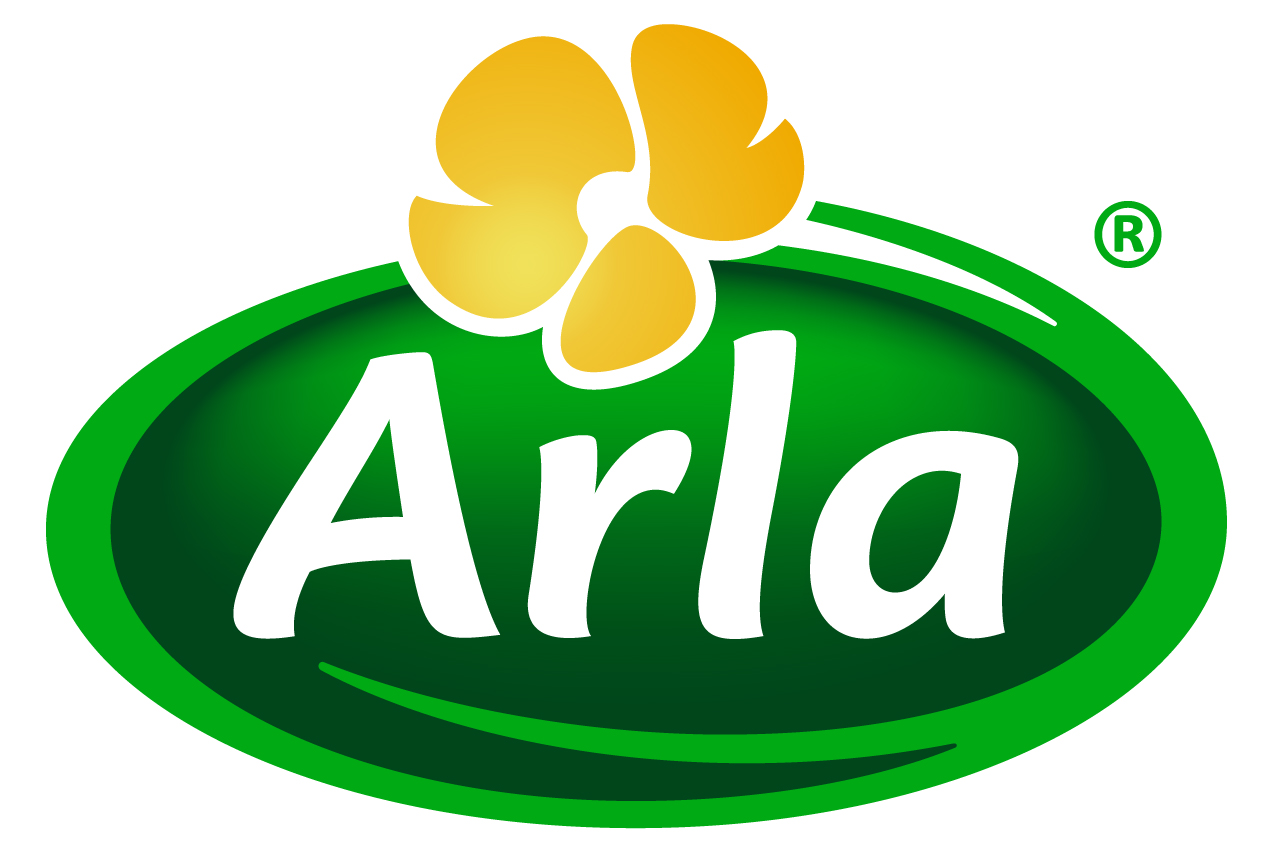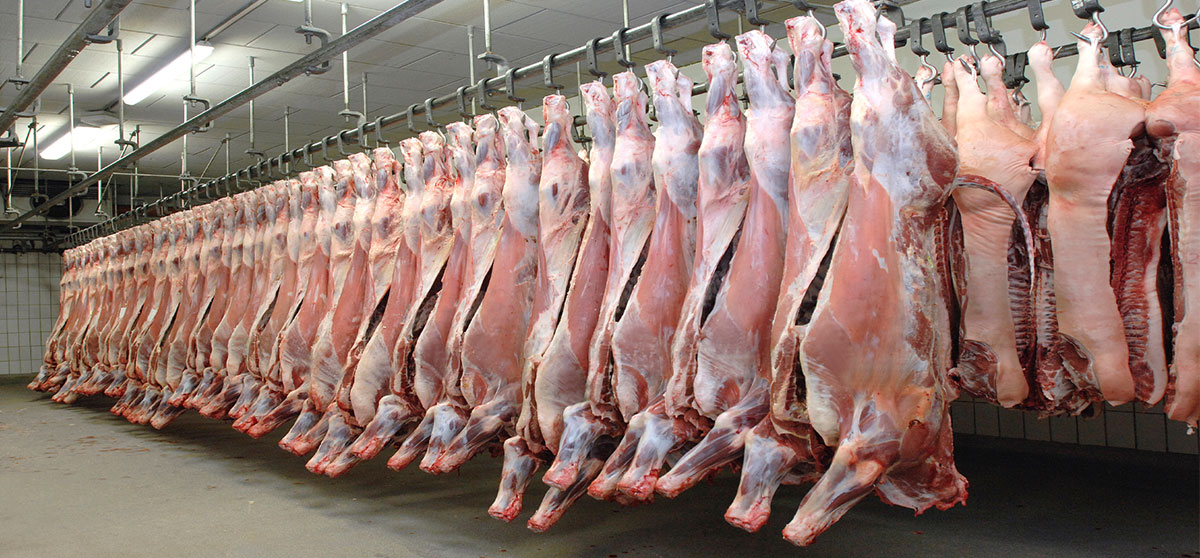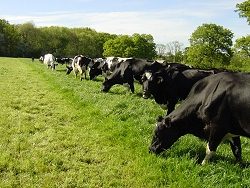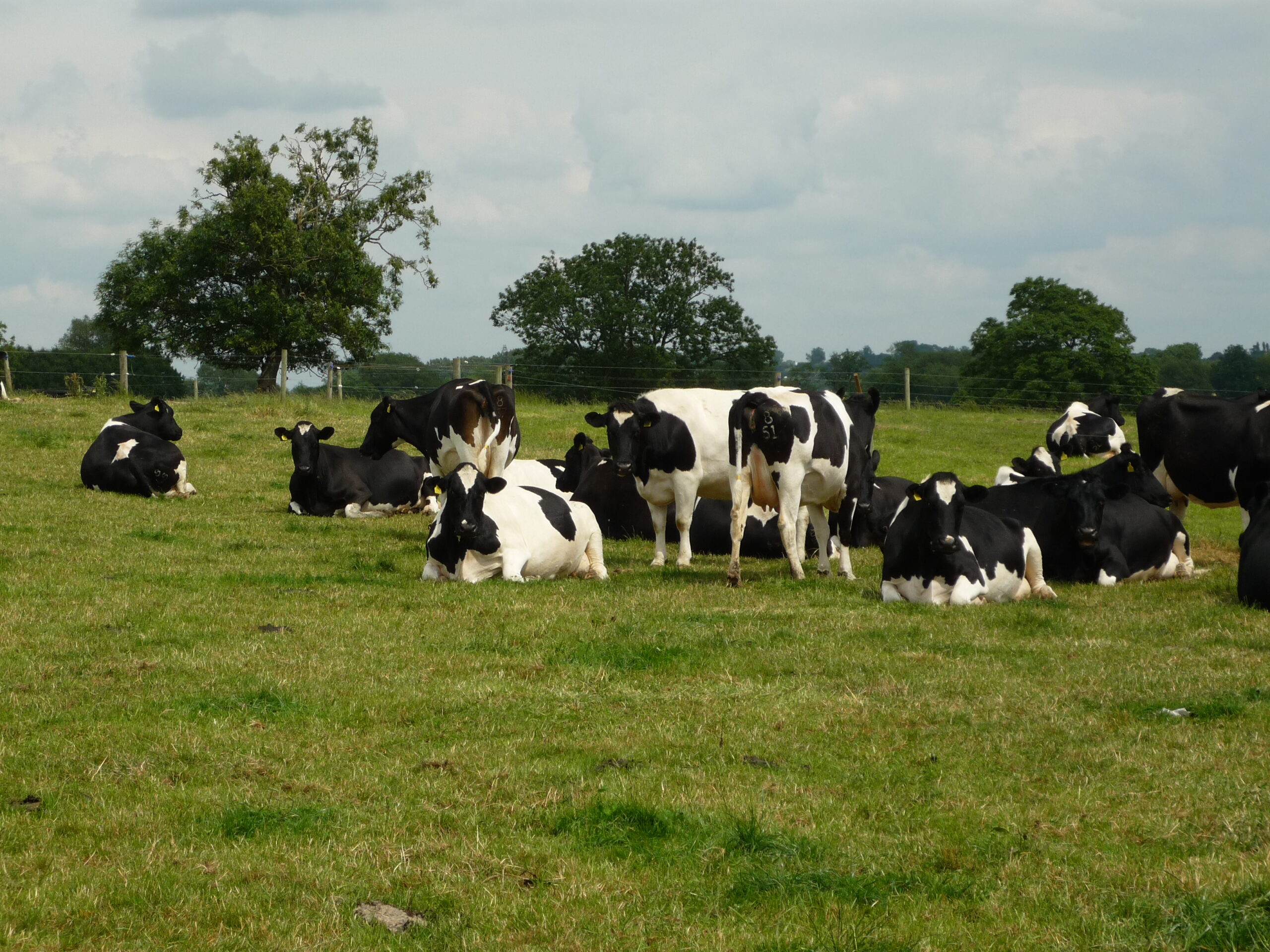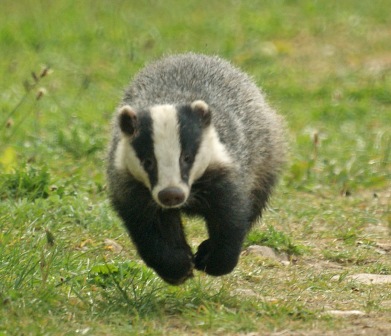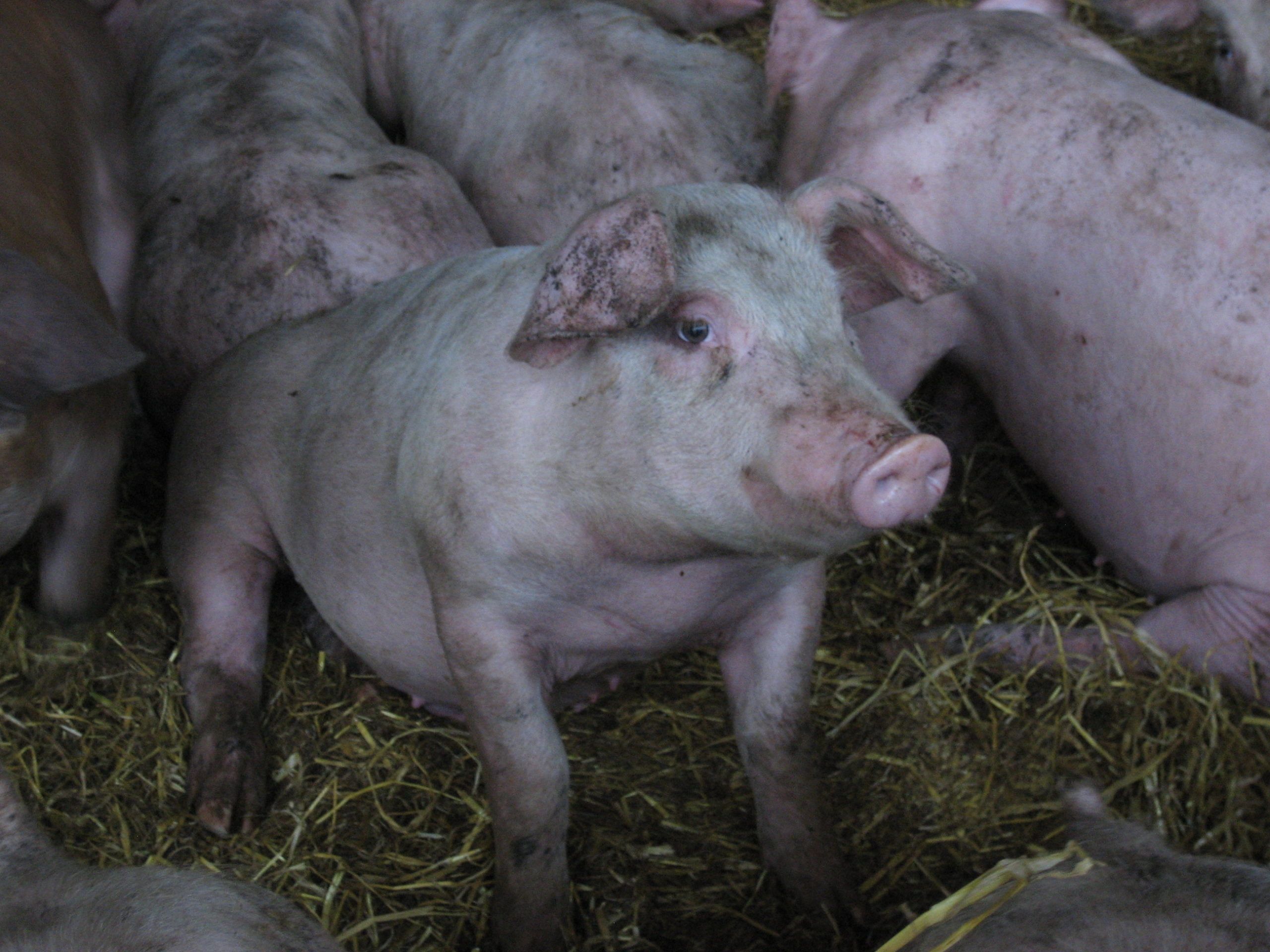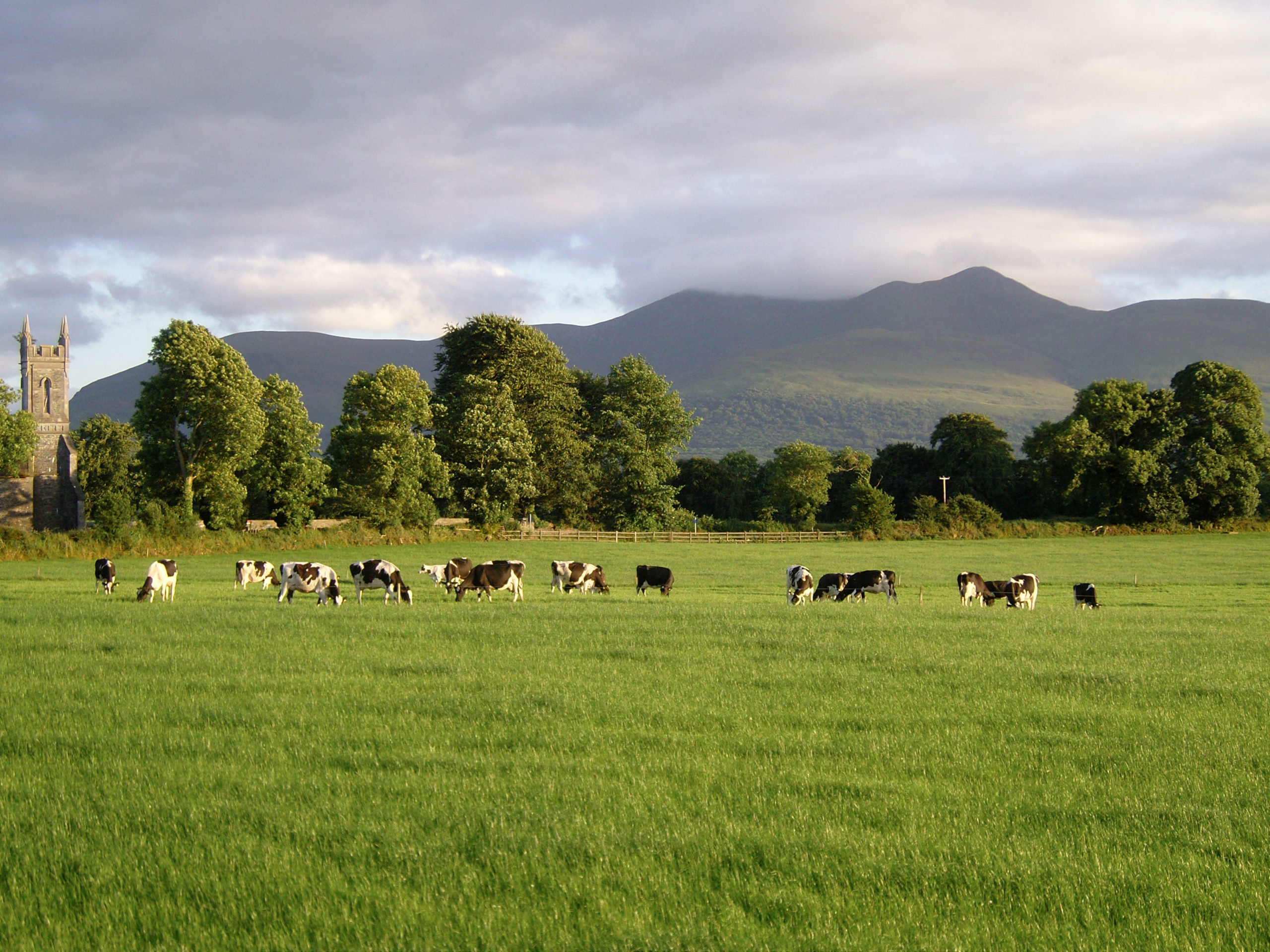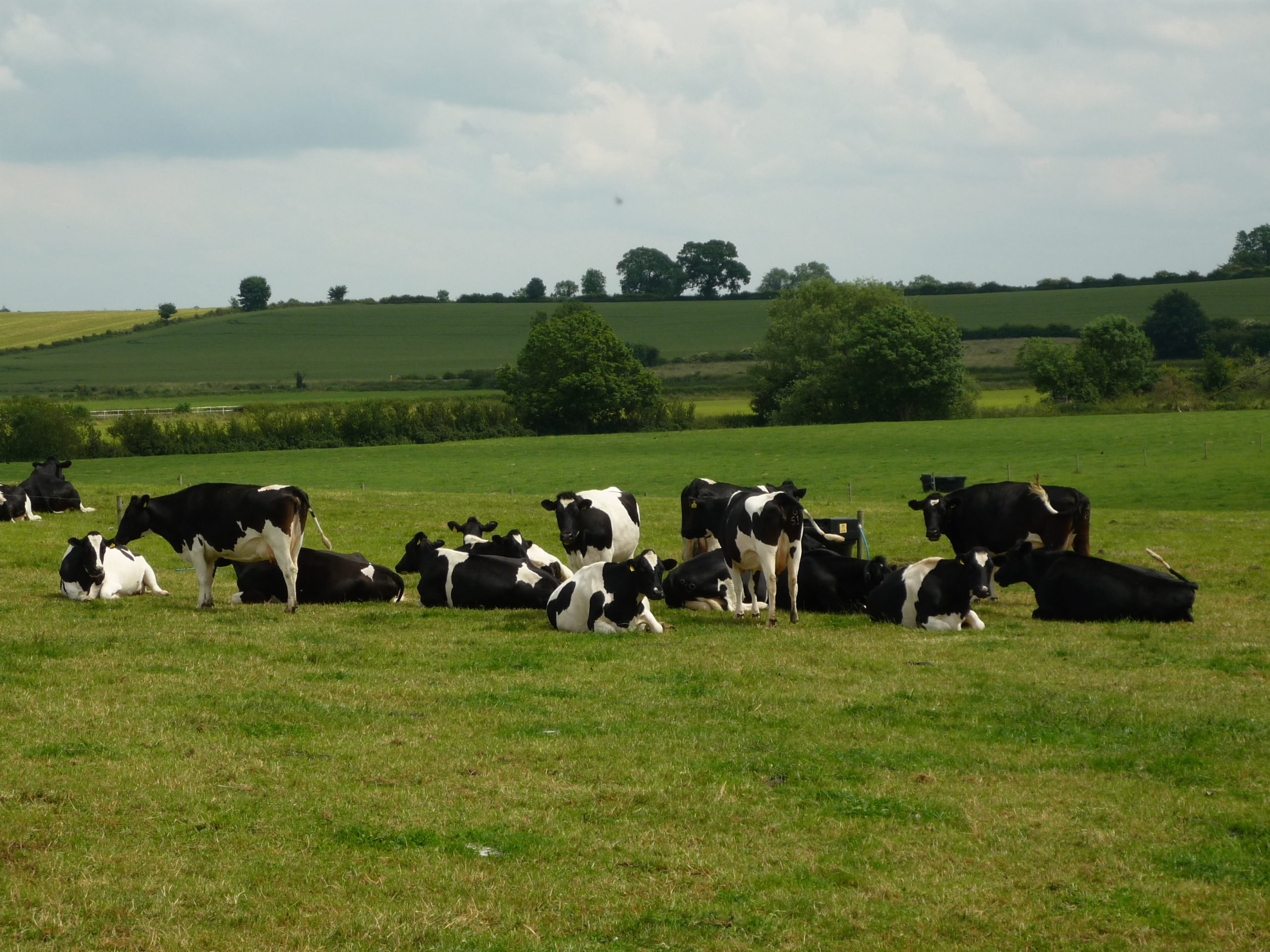Markets
In the latest Global Dairy Trade event on 19th May the average price index rose by 1% to $2,907 per tonne. This is the first increase since the end of January, apart from a 1.2% in early April. It was mainly due to a 6.7% increase in the SMP price. WMP, butter and cheddar all saw losses of 0.5%, 1.9% and 6% respectively.
Closer to home, reports suggest markets are improving as the lockdown begins to ease on the Continent and, to a lesser extent, at home. Increasing demand and the opening of Private Storage Aid (PSA) (see below) has seen the price of butter increase, this in turn has supported the cream price. The spot milk price has also improved to about 18-20ppl as producers manage production and some areas of the country are reportedly now past the spring peak.
Farmgate Prices
Many processors have held their prices as they watch to see which way markets will go. This includes Muller who, as reported last month, had to quickly rescind the price rise it had announced for May when Covid struck. The processor will also be holding the same price for June. Other processors have also kept their prices unchanged for June include; Barbers, Saputo, South Caernarfon Creameries, Belton Farm (Cheese) and First Milk (Cheese). There has inevitably been some price reductions with Glanbia Cheese and Meadow Foods suppliers’ in Cumbria and South Wales receiving a 2ppl reduction as from 1st May. Other Meadow Foods suppliers received a 1ppl price cut from the beginning of May. Even M&S aligned suppliers will receive a 0.61ppl reduction from 1st June, although its price will still be 31.72ppl and highlights the range of current farmgate prices. The difference between the top aligned and lowest non-aligned contracts is now nearly 10ppl.
Production
Latest figures from the AHDB, show for the week ending 9th May, GB daily milk deliveries were averaging 37.01m litres; up 0.4% on the previous week. But overall production is now about 1.8% behind that of last year. The actions by some farmers to reduce production has prevented the need for milk to be dumped as witnessed at the beginning of April. Reports suggest production was cut by 23m litres during April, helping to keep within processing capacity and avoid excess milk having to be disposed of on farm. While this may have given the industry some breathing space, these farmers will have seen a financial impact on themselves as a result of the cut-back.
Private Storage Aid (PSA)
The EU PSA scheme, which provides financial support for placing dairy products into storage, opened for applications on 7th May. As the UK is still in the Transition Period it is allowed to use the scheme. Limits have been put on the amount of cheese each member state can put into storage. The UK along with Ireland, Italy and Sweden have all used their allocation for cheese already; the UK used its within a week.
Dairy Campaign
The AHDB, Dairy UK, Defra and the other devolved farming administrations have all come together to fund a £1m dairy industry marketing campaign. The ‘Milk Your Moments’ initiative aims to increase consumption of milk and other dairy products by encouraging consumers to celebrate and record moments we used to take for granted before Coronarvirus – such as simply having a cup of tea or coffee with friends. These can then be shared across all the digital platforms and social media. Consumers will also be prompted to visit the ‘Milk Your Moments’ website which will generate a random ‘moment of inspiration’ and for each one will donate £1, to the mental health charity ‘Mind’.
